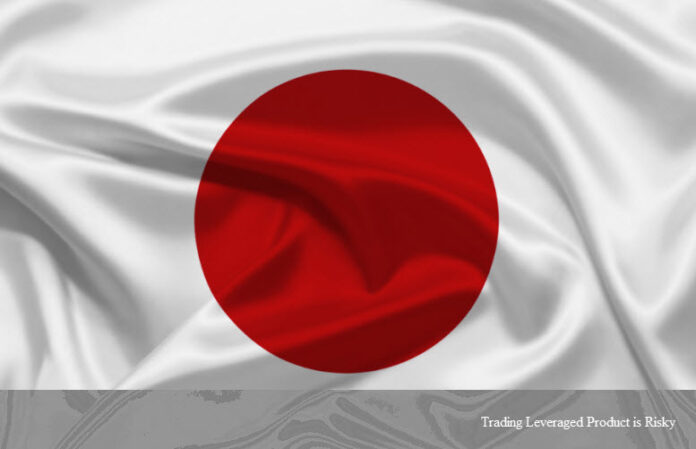USDJPY rose by +0.36% on Friday. The Yen posted modest losses and held just above a 1 3⁄4 -month low against the Dollar amid rising expectations that the US Federal Reserve will proceed with interest rate cuts more cautiously. Such views emerged, after strong US jobs and inflation data, while a key Fed official signaled a willingness to keep interest rates on hold in November. Friday’s Nikkei Stock Index rally to a 2-week high reduced safe haven demand for the Yen. In addition, higher T-note yields weakened the Yen.
In Japan, Prime Minister Shigeru Ishiba said earlier this month that current economic conditions may not warrant additional interest rate hikes. However, another top Japanese official later undermined the PM’s comments, with Chief Cabinet Secretary Yoshimasa Hayashi saying Ishiba did not make a specific request to Bank of Japan Governor Kazuo Ueda during their meeting.
Swaps estimate the odds of a +10 bp rate hike by the BOJ at 2% for the 30-31 October meeting and at 29% for a +10 bp rate hike at the 18-19 December meeting.
Japan’s Ministry of Economy, Trade and Industry reported that cash earnings in August rose 3.0% y/y, lower than economists’ estimate of 3.1% and lower than the revised figure of 3.6% in July. Slower-than-expected wage growth could dampen inflation, reducing the likelihood of further interest rate hikes by the Bank of Japan. Prolonged low interest rates could reduce foreign capital inflows to Japan, reducing demand for the yen and contributing to its depreciation. This, in turn, has strengthened USDJPY.

From a technical perspective, USDJPY’s rise from 139.57 continued to 149.57 last week but turned sideways. The initial bias remains neutral this week first, and some further consolidation could be seen. However further rallies are expected as long as 145.91 support holds. A move above 149.57 will resume the advance to the 50.0% and 61.8% retracement at 150.75 and 153.39 respectively from the 161.94 to 139.57 pullback.
The highlight of the week in Japan is the September Consumer Price Index. Headline CPI inflation is expected to decline sharply to 2.6% y/y in September from 3.0% y/y in August. Renewed utility subsidies should be the main reason for the decline, and inflation is expected to hover around the 2.5% level for the next few months.
However, the main area to watch is the monthly change in service prices, not the headline inflation rate. Service prices are expected to remain stable in September, before rising sharply in October. Meanwhile, core machinery orders are expected to recover a seasonally adjusted 0.5% m/m in August. Orders for transport equipment and semiconductor-related equipment will lead the gains.
Click here to access our Economic Calendar
Ady Phangestu
Market Analyst
Disclaimer: This material is provided as a general marketing communication for information purposes only and does not constitute an independent investment research. Nothing in this communication contains, or should be considered as containing, an investment advice or an investment recommendation or a solicitation for the purpose of buying or selling of any financial instrument. All information provided is gathered from reputable sources and any information containing an indication of past performance is not a guarantee or reliable indicator of future performance. Users acknowledge that any investment in Leveraged Products is characterized by a certain degree of uncertainty and that any investment of this nature involves a high level of risk for which the users are solely responsible and liable. We assume no liability for any loss arising from any investment made based on the information provided in this communication. This communication must not be reproduced or further distributed without our prior written permission.



















